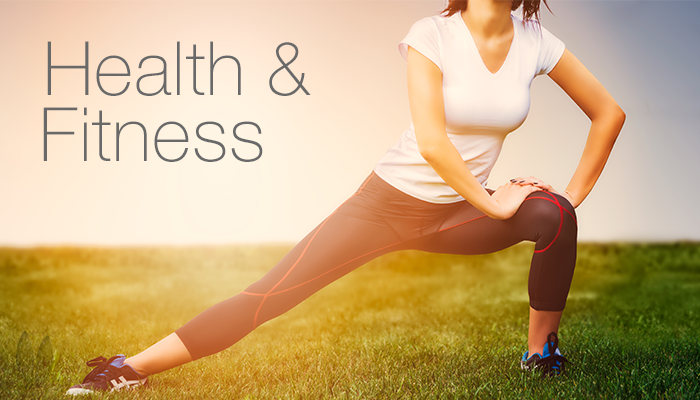These ten faults published by Livestrong will help perfect your swimmers’ strokes. Freestyle is the most basic stroke and the first one taught to swimmers. Even though this stroke seems very simple, there is a lot that happens underneath the surface. Use these guidelines to help eliminate the faults.
Head Position
Swimmers tend to put too much thought into head position, either tucking their heads too far into their necks or holding their heads too far forward. Both create extra drag in the water. The ideal head position is a 45-degree angle. Rest your head as comfortably forward in the water as you would on land while maintaining an ever so slight nod of the chin outward. The proper position feels relaxed and natural.
Breath Mechanics
Correct head position translates into the right breath mechanics. The turn for air is subtle: one ear remains in the water and the eyes look forward. Think of a quick flick of the head. Swimmers have a tendency to look all the way to the side. Such excessive motion only slows you down.
Bilateral Movement and Breathing
If you aren’t already a bilateral breather, take some extra time to practice alternating your breath to both sides every three to five strokes. This serves to balance your body position in the water from the top down. Many swimmers favor the side of the body to which they breathe which creates an uneven stroke.
Windmill Arms
Olympic distance swimmer Janet Evans was famous for her windmill stroke, but from a technical standpoint, this is where many swimmers go wrong. The proper form actually has a slight bend in the elbow; this ensures that your fingertips enter the water first and set up for an effective catch of the water.
Arm Pull-Through
Once you catch the water, push all the way back so your thumb brushes your thigh, not your waist. It feels easier to push only to the waist, but a shorter motion drastically decreases distance per stroke. Lateral pull downs are a good way to increase strength in the weight room and decrease effort in the pool.
Stroke Tempo
When you become more efficient at arm pull-through, your stroke tempo decreases. This may sound negative, but remember you are increasing your distance per stroke. In other words, you cover more ground with less effort. Too many swimmers try to maintain an excessively high stroke tempo and tire too easily.
Torso
It takes less core strength to plow through the water like a steam engine, but in the end, that lack of torso rotation makes for a very inefficient stroke. With some concentrated abdominal work – planks and side planks are most effective – you can build your core strength enough to help your body fully rotate along its center axis. This slight adjustment lengthens your stroke with less overall effort.
Legs
Freestyle legs are relatively straight throughout. There is a slight bending motion at the knee, but it should never be more than about 45 degrees. You utilize much more leg strength if you use your entire leg, not just the part below the knees.
Kick Tempo
There are actually two different kicks for freestyle: sprint flutter kick for short distances and a crossover kick for longer distance. A sprint kick is a steady vertical staccato effort — an eight-beat kick, or eight kicks for every stroke cycle. A distance kick is a slower, more horizontal motion at a two-beats-per-stroke cycle.
Flip Turns
Olympian Whitney Hedgepeth recommends going for the flip turn. Too many swimmers are timid on the walls and do not recognize how much momentum they could gain by simply tucking, flipping and jumping off the walls. Practice simple somersaults in the middle of the pool and crunches on dry land. After a short while, you should feel ready to put your new-found strength and technique to the walls – and see a definite improvement in your freestyle.
What other faults do you find common with the freestyle stroke?






